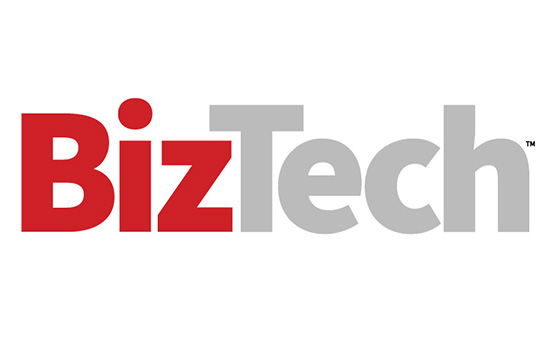1. Automated Regulatory Reporting at Scale
Durgesh Das, vice president of data, analytics and governance at the Intercontinental Exchange (ICE), says that his team has used Snowflake’s Cortex AI to handle complex regulatory reporting requirements related to the Payment Card Industry Data Security Standard, Markets in Financial Instruments Directive II, and the U.S. Securities and Exchange Commission’s Rule 613.
By shifting to Snowflake, ICE achieved a 50% cost reduction in reporting workloads and 80% better ad hoc query performance. With billions of transactions made every day, it’s helped them improve market surveillance and customer reporting.
RELATED: Improve your daily operations with data-driven analytics and services.
“Between all of our systems, we’ve handled more than a half trillion messages on a single trading day,” says Anand Pradhan, senior director of regulatory and NMS tech at the New York Stock Exchange, in this Snowflake case study. “All these transactions happen in microsecond granularity, so that produces complex, dense time-series data.”
“From our perspective, we have two incredibly important jobs. One is around market integrity, focus on transparency. The other is around efficient risk attitude. So, ensuring that those messages get processed incredibly efficiently is key,” said Lynn Martin, president of NYSE Group in a keynote conversation with Snowflake CEO Sridhar Ramaswamy.
“We can’t do that without having incredible technology. AI enables us to match those trades really quickly,” Martin said.















